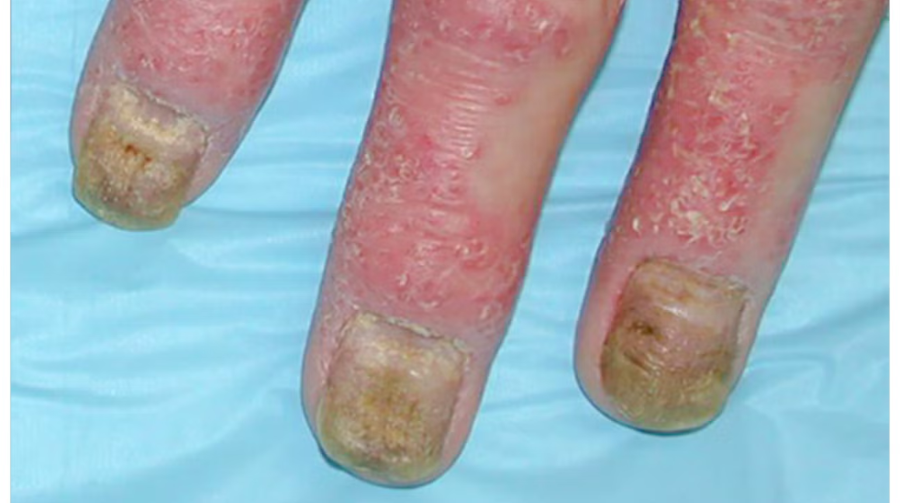Health & Wellness
Can Artificial Nails Cause Psoriasis? Doctor Explains the Nail Damage Link
Artificial nails and nail extensions have become a popular beauty trend, offering instant glamour and style. However, for some individuals, these cosmetic enhancements may come with hidden risks. Dermatologists warn that the trauma and chemicals associated with artificial nails can sometimes trigger or worsen nail psoriasis, a chronic inflammatory condition.
So, how exactly can a beauty procedure lead to a medical concern? The answer lies in a dermatological principle called the Koebner phenomenon.

What Is the Koebner Phenomenon?
First described in 1872, the Koebner phenomenon refers to the development of psoriatic lesions at sites of skin or nail trauma.
- In the case of artificial nails, the micro-trauma caused by:
- aggressive filing of the nail bed,
- improper removal of extensions, or
- harsh adhesives and UV curing techniques,
can trigger inflammation in individuals who are genetically predisposed to psoriasis.
The nail matrix—a highly vascular and immunologically active area—becomes an easy target for psoriatic inflammation. This can convert what seems like a small cosmetic injury into a flare-up of nail psoriasis.
What the Dermatologist Says
According to Dr. Sonali Kohli, Senior Consultant – Dermatology, Sir HN Reliance Foundation Hospital, Mumbai:
In addition to trauma, chemicals used in nail procedures can also worsen the problem:
- Nail glue & acetone removers – cause allergic or irritant reactions
- UV curing lamps – create heat and oxidative stress
- Strong nail polishes – disrupt natural nail barrier function
Together, these factors can make nails more vulnerable to inflammation and psoriasis flare-ups.
Signs of Nail Psoriasis to Watch For
If you regularly use artificial nails, keep an eye out for early symptoms of nail psoriasis:
- Nail pitting (tiny dents or depressions in the nail surface)
- Oil-drop discoloration (yellow-brown patches under the nail)
- Thickened nails (subungual hyperkeratosis)
- White patches or crumbling edges
- Nail separation from the nail bed (onycholysis)
If these changes persist, it is important to consult a dermatologist rather than assuming it is just nail damage.
Prevention Tips for Safe Use of Artificial Nails
For those who love artificial nails but want to stay safe, dermatologists recommend:
- ✅ Choose experienced nail technicians who understand sensitive nail conditions
- ✅ Opt for gentler application methods that avoid aggressive filing
- ✅ Use non-acetone removers for safer removal
- ✅ Keep nails hydrated with nail oils and cuticle creams
- ✅ Take breaks between nail extensions to let nails recover
- ✅ During flare-ups, follow a dermatologist’s treatment plan with:
- Topical anti-inflammatory creams
- Oral or systemic medications (if required)
- Lifestyle changes to manage stress
- Supplements to support skin and nail health
- Focus on gut health, which plays a role in autoimmune flare-ups
The Bottom Line
Artificial nails are not inherently harmful, but they can act as triggers for psoriasis in predisposed individuals. The combination of trauma, harsh chemicals, and improper aftercare may accelerate nail damage and flare-ups.
👉 If you have a history of psoriasis or autoimmune conditions, consult your dermatologist before getting nail extensions. With the right precautions, safe techniques, and good aftercare, it is possible to enjoy artificial nails without compromising your nail health.